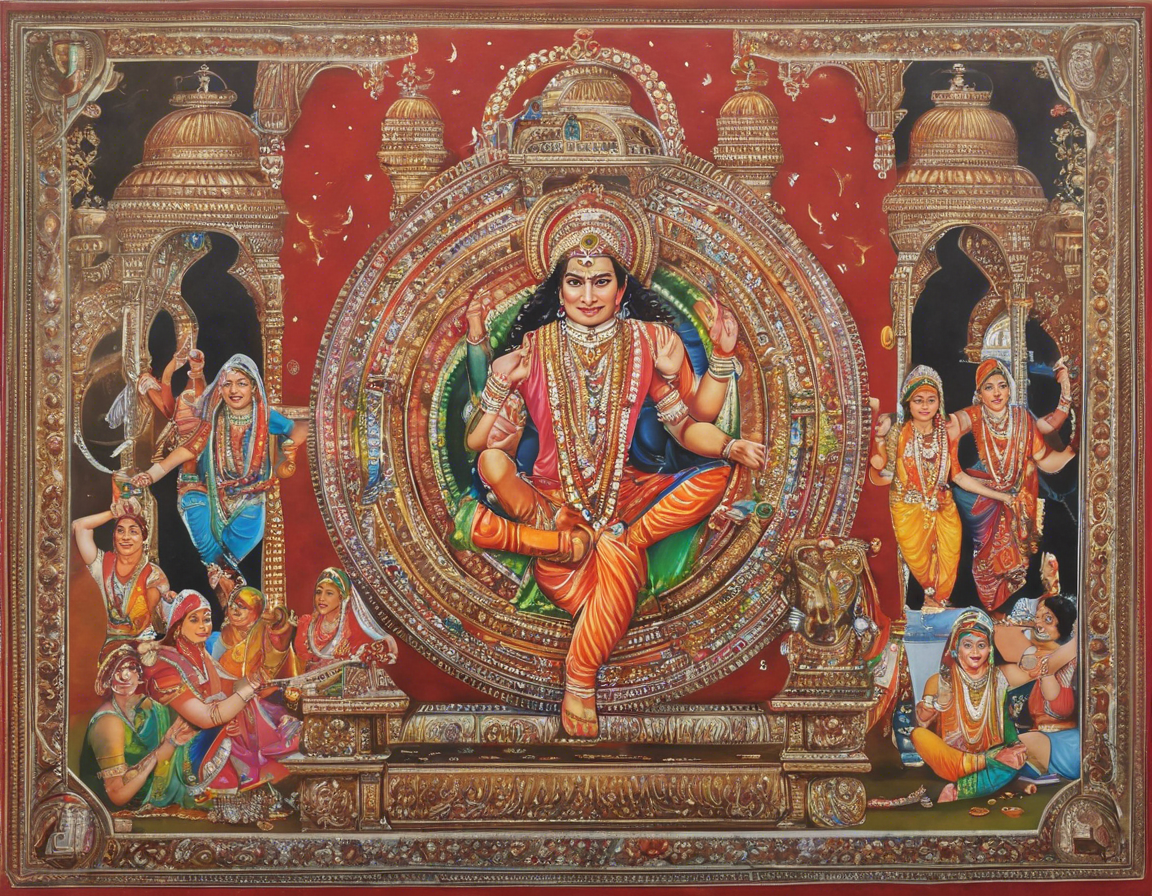Introduction
Pran Pratishtha is a crucial aspect of Hindu rituals that involves invoking the divine presence into an object, usually a deity, through consecration ceremonies. It is believed that through Pran Pratishtha, the divine energy infuses the object, granting it sacredness and enabling devotees to establish a connection with the divine.
Understanding Pran Pratishtha
In Hinduism, deities are not merely symbolic representations but are believed to embody the divine entities they represent. Through Pran Pratishtha, the deity is considered to be ‘alive’ and accessible to worshippers for communication, devotion, and seeking blessings. The consecration ritual is meticulously performed to infuse the object with prana (life force) and establish a spiritual link between the devotee and the divine.
The Ritual of Pran Pratishtha
The ceremony of Pran Pratishtha is conducted by qualified priests in temples or at home, depending on the context. The ritual typically involves elaborate preparations, including purification of the deity, chanting of mantras, offerings of various substances such as water, milk, honey, ghee, and flower petals, and invoking the deity to reside in the object permanently.
Significance of Pran Pratishtha
-
Spiritual Presence: Through Pran Pratishtha, the deity is believed to reside in the object, allowing devotees to establish a personal connection and seek guidance and blessings.
-
Sacred Space: The consecrated object becomes a sacred space where devotees can offer prayers, perform rituals, and experience spiritual elevation.
-
Energy Transformation: It is believed that during Pran Pratishtha, the energy of the deity transforms the object, making it a channel for divine grace and blessings.
-
Karma Cleansing: Worshippers believe that by engaging with consecrated objects through rituals and prayers, negative energies are dispelled, and positive energies are enhanced, leading to spiritual purification.
The Science Behind Pran Pratishtha
While Pran Pratishtha is rooted in spiritual beliefs and ancient traditions, some interpretations suggest a scientific basis for its efficacy. It is proposed that the intense focus, rituals, and chants during consecration ceremonies generate positive vibrations that can impact the environment and individuals present, promoting mental and emotional well-being.
FAQs about Pran Pratishtha
- What objects can undergo Pran Pratishtha?
-
Deities, idols, yantras (geometrical diagrams), and sacred objects used in rituals can undergo Pran Pratishtha.
-
Can Pran Pratishtha be performed at home?
-
Yes, Pran Pratishtha can be performed at home under the guidance of a qualified priest following the necessary rituals and traditions.
-
How often should Pran Pratishtha be conducted for a deity?
-
Pran Pratishtha is usually performed once in a lifetime for a deity unless any impurity or desecration occurs, requiring a repeat of the consecration ceremony.
-
What is the importance of Mantras in Pran Pratishtha?
-
Mantras are chanted during Pran Pratishtha to invoke divine energies and establish a spiritual connection between the deity and the worshippers.
-
Can Pran Pratishtha enhance the efficacy of meditation and prayer?
- Many believe that being in the presence of a consecrated deity can enhance focus, concentration, and spiritual experiences during meditation and prayer sessions.
In conclusion, Pran Pratishtha holds immense significance in Hindu rituals, serving as a bridge between the physical and spiritual realms and allowing devotees to experience the divine presence in their lives. By understanding the essence of Pran Pratishtha and participating in its rituals with devotion and reverence, individuals can deepen their spiritual practices and connect with the divine in a profound way.


